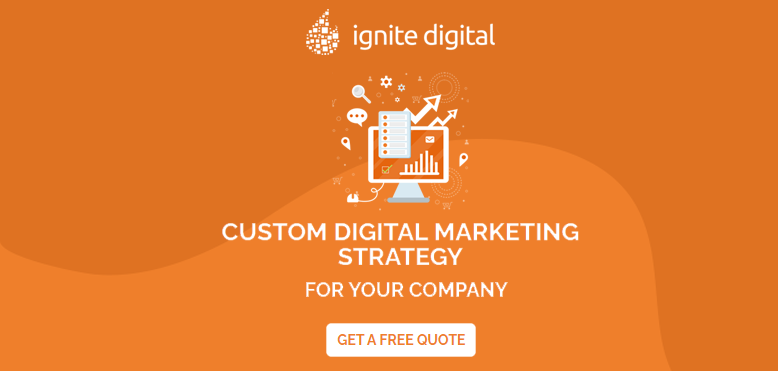In the spirited domain of alcohol marketing, success is not just about lifting glasses but also about raising brand awareness and taking a significant market share.
It’s an industry driven by innovative search engine marketing strategies and fierce competition, where each liquor ads campaign is a carefully crafted cocktail of creativity, social responsibility, and brand communication.
In this extensive guide, we untangle the intricacies of effective alcohol marketing, sharing insights into thriving in this dynamic marketplace.
Understanding the Liqueur Landscape
The world of alcohol advertising is a complex and often challenging landscape to navigate. Its marketing requires a comprehensive understanding of the industry. To effectively engage in liquor advertising, marketers must consider several key factors:
- Market Segmentation
- Legal Complexities
- Consumer Behavior
By developing a deep understanding of these elements, marketers can craft effective strategies for alcohol and advertising that not only comply with legal requirements but also connect with their target audiences on a meaningful level.
Successful marketing for alcohol demands a thoughtful, informed approach that takes into account the unique challenges and opportunities within this dynamic industry.
Pouring the Perfect Ad Composition
Crafting a successful alcohol advertising campaign is akin to mixing the perfect cocktail, it requires a careful blend of strategic planning and creative flair.
When it comes to liquor advertising, the key is to find the right balance between showcasing your product’s unique qualities and appealing to your target audience’s emotions. Here are some essential elements to consider when developing your marketing for alcohol:
- Develop a Compelling Brand Story
- Highlight Your Unique Selling Propositions (USPs)
- Engage the Senses Through Sensory Marketing
By meticulously analyzing and thoughtfully integrating these key components, you have the opportunity to craft captivating alcohol and advertising initiatives.
Your campaigns will not only distinguish themselves in a crowded market but also establish enduring bonds with your desired demographic. Remember, success lies in the meticulous fusion of creativity, strategy, and consumer insights.
As you embark on this journey of innovation and connection, keep in mind that authenticity and relevance are your guiding lights to resonate powerfully with your audience and leave an indelible mark on their hearts and minds.
Shaking Hands with Social Responsibility
When it comes to alcohol advertising and marketing for liquor, shaking hands with social responsibility is a crucial aspect that cannot be overlooked.
Brands and marketers must promote their products in a manner that encourages responsible consumption and discourages excessive drinking. Here are some key points to consider in creating liquor ads:
- Balance enjoyment with moderation
- Partner with awareness initiatives
- Incorporate responsible drinking messages
By embracing social responsibility in alcohol and liquor advertising, brands can build trust with consumers, enhance their reputation, and contribute to a healthier drinking culture.
Responsible marketing practices are not only ethical but also essential for the long-term success and sustainability of the alcohol industry.
Innovating in the Post-Traditional Era
In the post-traditional era, alcohol advertising has undergone a significant transformation. The rise of digital and social media has opened up new avenues for liquor advertising. Here are some key aspects of marketing for alcohol in the modern age:
- Personalization through technology
- Social media influence
- Storytelling in branding
As the dynamic landscape of alcohol and advertising undergoes continuous transformation, brands that integrate these innovative strategies into their marketing for alcohol campaigns will secure the enduring loyalty of consumers in this emerging post-traditional era.
By leveraging cutting-edge approaches, brands can establish a genuine connection with consumers. This stance towards embracing change and creativity not only ensures relevance but also reinforces brand identity amidst evolving consumer preferences and societal shifts.
Measuring the Intoxication of Campaign Success
Evaluating the effectiveness of alcohol and liquor advertising campaigns is crucial for refining marketing strategies in the beverage industry.
To justify budgets and plan for the future, marketers must be able to quantify the success of their initiatives promoting liquor ads. Here are some key considerations:
- Setting Clear Objectives and KPIs
- Analyzing Consumer Feedback
- Adapting to Market Shifts and Feedback
By carefully monitoring these factors, beverage companies can measure the intoxicating success of their alcohol and advertising initiatives and make data-driven decisions to optimize their marketing for alcohol.
Sustaining the Spark in a Saturated Industry
In the saturated landscape of alcohol advertising, sustaining the spark requires strategic marketing that’s built for the long haul. To maintain momentum, consider these key elements:
- Craft campaigns with longevity
- Innovate relentlessly
- Cultivate brand loyalty
- Adapt to changing landscapes
By honing in on these alcohol and advertising strategies, you have the opportunity to craft compelling marketing campaigns for alcohol.
These strategies are designed not only to ignite intrigue at first glance but also to nurture a lasting and significant bond with your target audience that endures through time.
In doing so, you can establish a profound impact within your market segment and create a brand identity that resonates deeply with consumers, fostering long-term brand loyalty and engagement.
Alcohol marketing is a complex and ever-evolving field that demands a delicate balance of creativity, responsibility, and innovation. To succeed, brands must leverage the power of search engine marketing to ensure their liquor ads reach the right audience at the right time.
By crafting compelling stories, building authentic communities, and promoting responsible consumption, alcohol marketers can create campaigns that not only drive sales but also foster lasting connections with consumers.
As the digital landscape continues to evolve, the key to success lies in staying attuned to the changing needs and preferences of the market while remaining true to the spirit of the brand.
With a strategic blend of art and science, tradition and innovation, alcohol marketing can rise above the noise and leave a lasting impact on the hearts and minds of consumers.




